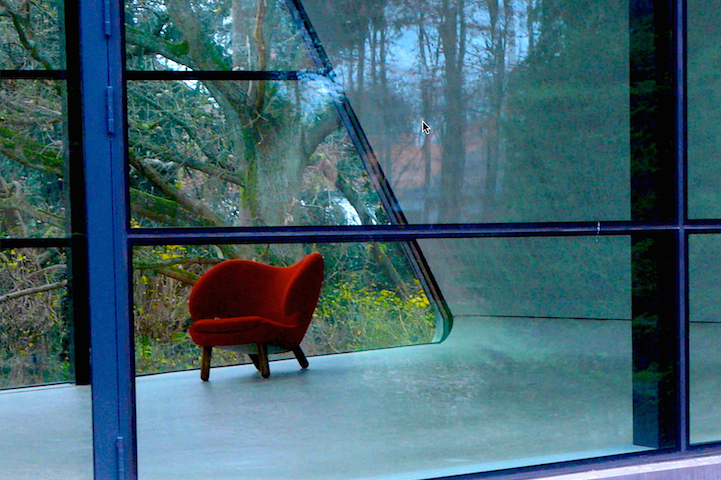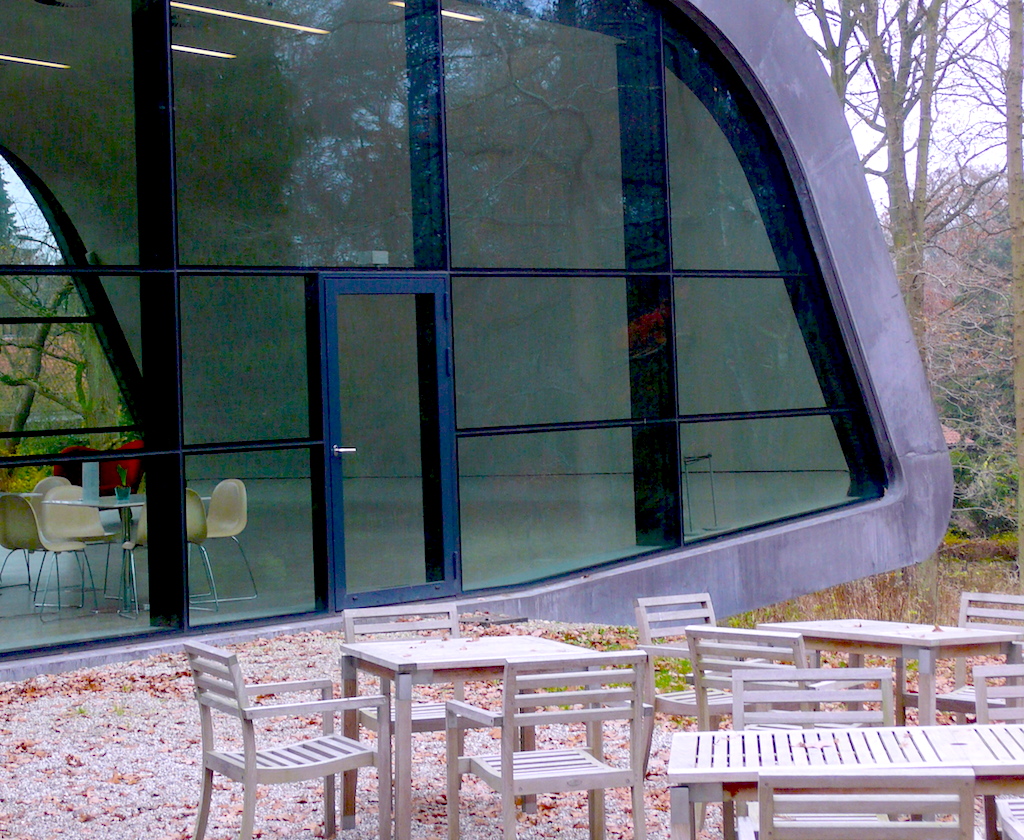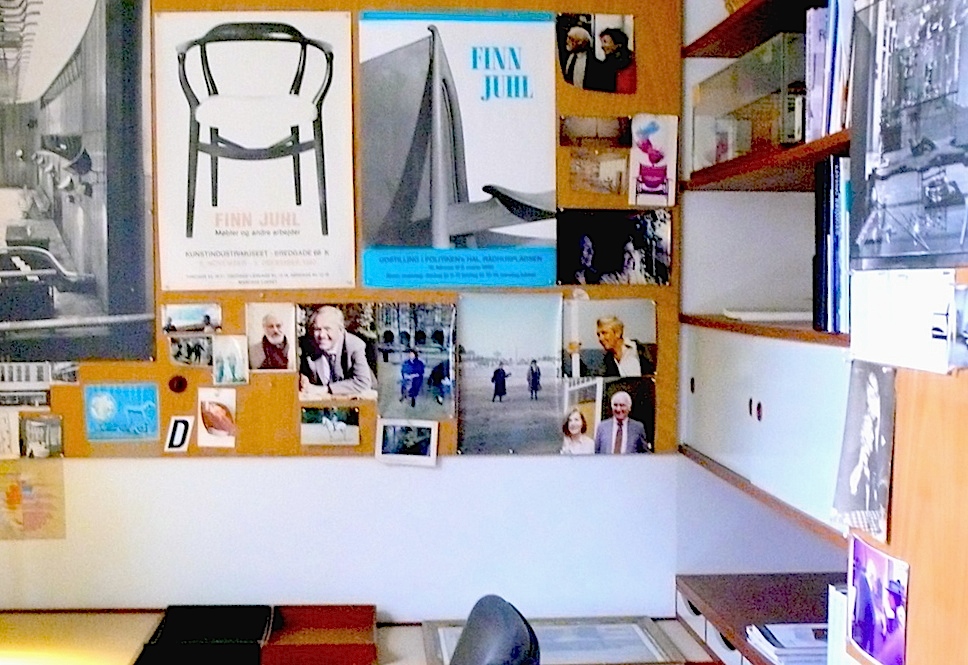 Just north of Copenhagen, less than 10 kilometers from the city center, exists a bucolic sanctuary of art and architecture. A quick train ride brings you to the tony suburb of Charlottenlund, not so far from Dyrehaven (the Royal Deer Park), where you find yourself walking through a leafy neighborhood and up the drive to what was once a private manor house and is now the Ordrupgaard Museum.
Just north of Copenhagen, less than 10 kilometers from the city center, exists a bucolic sanctuary of art and architecture. A quick train ride brings you to the tony suburb of Charlottenlund, not so far from Dyrehaven (the Royal Deer Park), where you find yourself walking through a leafy neighborhood and up the drive to what was once a private manor house and is now the Ordrupgaard Museum.
Built in 1918 by a noted art collector, the estate was bequeathed to Denmark in 1953 – and not unlike the Frick in New York, another museum housed in the former home of a collector, Ordrupgaard holds an exquisite collection of art, primarily French and Danish.
Architecture aficionados know that the Ordrupgaard also features a black lava concrete addition built by the prize-winning Iraqi architect Zaha Hadid. Opened in 2005, the extension doubles the museum’s size and, predictably, has increased Ordrupgaard’s profile amongst architecture fanatics.
Ordrupgaard Museum also owns the neighboring home of the groundbreaking Danish architect Finn Juhl who designed the Trusteeship Council Chamber at the United Nations Headquarters in New York in 1951-52.
Built in 1942, right next door to the Ordrupgaard, the L-shaped house is preserved as Juhl left it, filled with furniture of Juhl’s own design. A perfect example of Juhl’s architectural theories, as well as a time capsule of timeless Danish design, Juhl’s house has been selected as a 20th-century landmark.
All very inspiring, to be sure: to be immersed in the works of such innovative thinkers and visionaries. If, however, the heady atmosphere proves enervating, relax in the café in the Hadid addition with a cup of perfect Danish coffee.
You’ll be reminded again how it appears that everything is right in the state of Denmark.
























